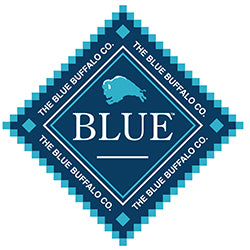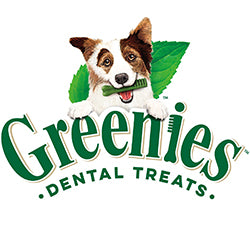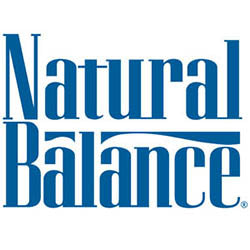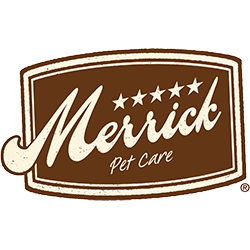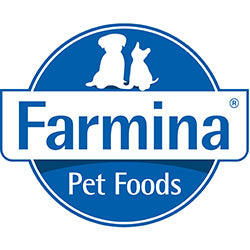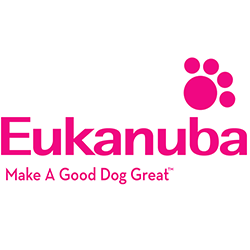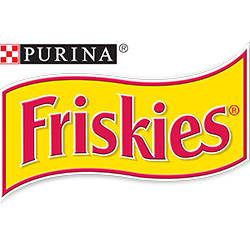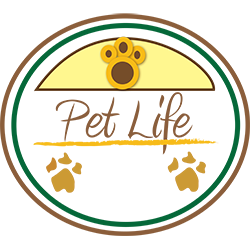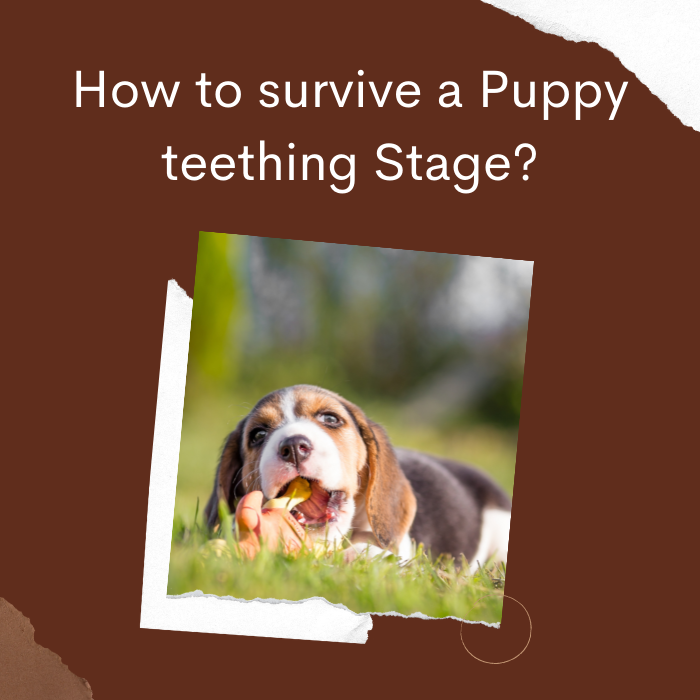
How To Survive The Puppy Teething Stage?
Puppies have a chewing habit–whether it is objects or furniture. This is normal puppy behavior. Like human babies, every pup goes through a teething stage. A pup grows a set of pointed baby teeth (also called deciduous teeth) that eventually fall out. Teething in pups begins at around three weeks, and by six months of age, all their deciduous teeth fall out for permanent teeth.
The teething stage is one of the most dreaded factors in puppyhood. Your puppy is likely to face discomfort and pain with teeth falling and may put up destructive behavior. You may get a flurry of Pet Toys to calm down your puppy, but a pet’s growing process is no child’s play. However, knowing the basics of puppy teething can give you an edge in pet handling. Let us enhance our understanding of puppy teeth and how to curb their biting, sucking, and chewing habits in their growing years.
An Introduction To Puppy Teething
Getting a new puppy can be delightful, but they can turn adorable monsters into their teething phase. The first set of temporary teeth your puppy develops are milk teeth formed in 3-4 weeks. This is a weaning signal to the nursing mom. Puppies have 28 milk teeth that fall out in 12-16 weeks to make room for 42 permanent adult teeth in 6-8 months.
Like humans, puppy teething goes through three stages–milk teeth grow and then fall for the appearance of adult teeth. The teething period makes your puppy’s mouth tender and its jaws sore. Sometimes, your puppy’s gums and whole jaw can hurt. But no pain, no gain! Most puppies, while losing baby teeth, swallow their teeth, which is normal.
Teething Symptoms To Check
How do you make sure your pup is in pain during its teething phase? Can a teething puppy show easily identifiable symptoms? Here are few signs to watch out for in less than a month-old pup:
- Biting
- Chewing
- Suckling
- Grumbling
- Change in eating habits
- Abnormal salivation
- Blood in saliva
All these are natural stages in puppies’ development. When you fear getting nipped by your puppy’s razor-sharp teeth, your little pup is probably teething. Before learning pet mannerisms, most puppies consider everything a toy. It's their way of exploring the world and soothing their tender gums. When your puppy tries to nibble your fingers, offer them Newborn Puppy Toys, chews, or treats. Your proactive steps in your puppy’s most delicate phase will help you both.
Puppy Teething Handling Method
If your puppy’s biting, sucking, or chewing habit is getting out of proportion, he might suffer from a teething dilemma. Most pups like to explore with their mouths in their teething phase. It doesn’t matter what they are chewing on, as long as it makes them feel good. Before their teething menace goes out of hand, consider these puppy teething tips to protect your clothes, furniture, footwear, even your toes, and fingers.
1. Teething Toys:
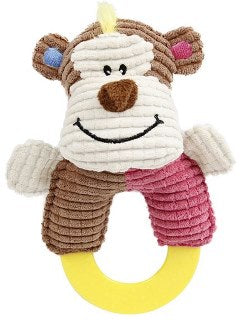
Image Source: Petlife
Chew toys are a safer option for puppies aggressive in chewing. Go for softer and durable puppy teething toys for their gums and chewing comfort. No toy is shatterproof, so watch out for the jawed pup breeds using their sharp teeth on toys. Buy dog toys made of rubber and non-toxic materials as they are safe and can withstand wear and tear.
Consider puppy rings, chew dog toys or teething pacifiers for teething puppies. Keep a watchful eye on your puppy’s play habits with toys to avoid mishandling or mishap. For sun-loving and pool-friendly puppies, you may explore dog toys for summer to keep them cool and hydrated in their outdoor adventures.
2. Ice Therapy:
The cold press works on sore gums. It’s a tip many human parents know from their baby’s teething days. The frozen fabric will numb your puppy’s tender gums and make it feel good on the tooth surface. Supervise your puppy’s ice therapy. Take away the defrosted ice to prevent your puppy from chewing or destroying it. You can also soak and freeze chew toys and rope toys. Water-holding rubber toys will also be a hit with your teething puppy.
3. Natural Chews:

Image Source: Petlife
Chewing is an instinct in most puppies. Healthy and natural chews bring a soothing effect to your pup’s tender gums and reduce destructive chewing habits. When buying a chew for your puppy, check its hardness and breakdown ability. Smoked bones and antler chews cater to tough chewers and may be harder for your puppy’s delicate incisors. Get puppy-safe fish skins or beef tendons for your puppy.
These softer chews reduce pain from puppy teething and also support dental health. Since natural chews have extra calories, decide on the quantity and frequency while serving your puppy.
4. Frozen Bones:
Try the freezing technique while feeding your puppy with natural chews. A frozen edible bone will pacify your puppy’s gums and provide quick relief in its crunching time. Consider raw edible bones rather than cooked or smoked bones. The raw variety has meat, tendons, and other soft connective tissues for your puppy’s sensitive oral cavity. Do your homework on the ideal bone for your puppy to snack on.
5. Keep Puppy Occupied:
A busy puppy is less likely to be annoyed by teething troubles. Pack your puppy’s daily routine with physical and mental activities to keep its mind off from bothering jaws. Explore puzzles in Pet Toys to keep your puppy occupied on mind games. Never let your docile puppy get a whiff of boredom, as it can precipitate destructive behavior.
6. Dental Care:

Image Source: Petlife
A dental routine for your newborn puppy may sound meaningless. Your puppy’s first set of teeth will fall in the initial months, so do not forget the bacterial effect on gums, breath, and the new incisors. Starting an early dental routine in your puppy will make it comfortable with dental hygiene practices. Softer toothbrushes will gently remove bacteria and food leftovers and give your puppy a better-smelling mouth. A gum massage will stimulate adult teeth formation and shorten your puppy’s teething process. Emphasize getting a dog-safe toothpaste for zero toxic effects.
Wrapping Up
The puppy teething process may look cumbersome to most pet owners, but it is the foundation for healthy teeth. The initial care you take in your pet’s teething stage will make them grow into hygienic adults. Watch out for your puppy’s teething symptoms and take early steps to reduce your puppy's pain and uneasiness.
- Choosing a selection results in a full page refresh.

